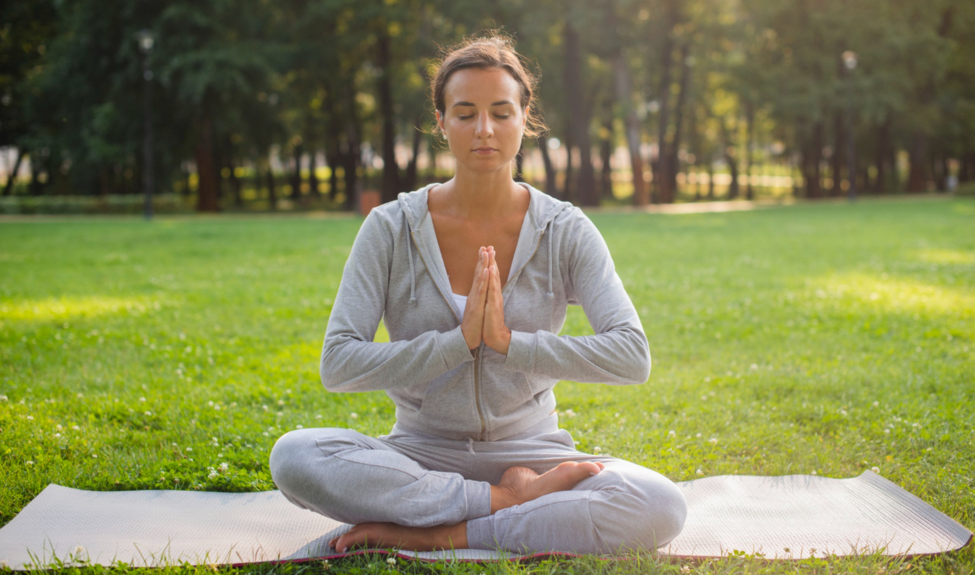Self-healing is a powerful and transformative journey. It’s about taking control of your well-being and finding inner peace. To keep your energy balanced, you need to focus on a few essential practices. Here are four key steps to help you on your way:
- Identify the Difference Between Positive and Negative Energy
- Meditate
- Release and Let Go
- Prioritize Yourself
Let’s dive into each step and explore how you can use them to balance your energy and enhance your self-healing journey.
1. Identify the Difference Between Positive and Negative Energy
The first step in balancing your energy is recognizing the difference between positive and negative energy. This might sound simple, but it requires awareness and mindfulness.
Positive Energy
Positive energy makes you feel good. It’s uplifting, empowering, and motivating. When you’re around positive energy, you feel happy, relaxed, and at peace. Examples of positive energy sources include:
- Supportive friends and family: People who encourage and support you.
- Uplifting activities: Hobbies and activities that bring you joy, like painting, reading, or hiking.
- Positive environments: Places that make you feel calm and happy, such as nature, a cozy room, or a favorite café.
Negative Energy
Negative energy, on the other hand, drains you. It makes you feel tired, stressed, and anxious. Recognizing negative energy is crucial because it allows you to avoid or mitigate its effects. Examples of negative energy sources include:
- Toxic relationships: People who criticize, belittle, or drain you.
- Stressful activities: Tasks that overwhelm or frustrate you, like certain work duties or household chores.
- Negative environments: Places that make you feel uneasy or uncomfortable, such as a cluttered room or a noisy street.
How to Identify Energy Types
Pay attention to how you feel. Keep a journal to note your emotions and energy levels throughout the day. Reflect on interactions, activities, and environments to determine what lifts you up and what drags you down. This awareness is the foundation for maintaining balanced energy.
2. Meditate
Meditation is a powerful tool for balancing your energy. It helps you connect with your inner self, reduce stress, and find clarity. Here’s how you can incorporate meditation into your daily routine.
Benefits of Meditation
- Reduces stress: Meditation calms your mind and body, helping you manage stress more effectively.
- Improves focus: Regular meditation enhances your concentration and mindfulness.
- Promotes emotional health: It fosters a positive outlook and emotional resilience.
- Enhances self-awareness: Meditation helps you understand your thoughts and emotions better.
Simple Meditation Techniques
You don’t need to be a meditation expert to benefit from it. Here are some simple techniques to get you started:
Guided Meditation
Listen to a guided meditation recording. These are readily available online and can help you focus your mind and relax.
Breath Awareness
Sit comfortably, close your eyes, and focus on your breath. Notice the sensation of air entering and leaving your nostrils. When your mind wanders, gently bring it back to your breath.
Body Scan
Lie down or sit comfortably. Slowly focus your attention on each part of your body, starting from your toes and moving up to your head. Notice any sensations, tension, or discomfort, and breathe into those areas to relax them.
Mantra Meditation
Choose a calming word or phrase (like “peace” or “calm”) and repeat it silently to yourself. Focus on the sound and rhythm of the mantra.
Creating a Meditation Routine
Set aside a specific time each day for meditation. Even 5-10 minutes can make a difference. Find a quiet space where you won’t be disturbed, and make it a part of your daily routine.
3. Release and Let Go
Holding onto negative emotions and past experiences can weigh you down. Learning to release and let go is essential for maintaining balanced energy.
The Importance of Letting Go
- Reduces stress and anxiety: Letting go of past grievances and worries lightens your mental load.
- Improves relationships: Forgiving others and yourself leads to healthier relationships.
- Enhances mental clarity: Releasing negative thoughts creates space for positive ones.
Techniques for Letting Go
Journaling
Write down your thoughts and feelings. This process helps you acknowledge and release pent-up emotions.
Visualization
Close your eyes and visualize a balloon. Imagine placing your negative thoughts and feelings into the balloon. Then, watch it float away, taking your negativity with it.
Physical Activity
Exercise, dance, or engage in any physical activity you enjoy. Movement helps release built-up tension and stress.
Forgiveness
Practice forgiveness, both for yourself and others. This doesn’t mean condoning harmful behavior but rather freeing yourself from the burden of anger and resentment.
Regular Practice
Incorporate letting go techniques into your routine. Make it a habit to release negative energy regularly, just like you would with any other self-care practice.
4. Prioritize Yourself
Prioritizing yourself is not selfish; it’s necessary for your well-being. Taking care of your needs ensures that you have the energy to support others and engage fully in life.
Why Self-Prioritization Matters
- Prevents burnout: Regular self-care prevents physical and emotional exhaustion.
- Boosts self-esteem: Valuing yourself enhances your self-worth and confidence.
- Improves overall health: Prioritizing your needs leads to better physical, emotional, and mental health.
Ways to Prioritize Yourself
Set Boundaries
Learn to say no when necessary. Protect your time and energy by setting boundaries with others. This might mean limiting time with negative people or delegating tasks that overwhelm you.
Practice Self-Care
Engage in activities that nourish your body, mind, and soul. This could include:
- Physical care: Exercise, eat healthily, and get enough sleep.
- Mental care: Read, learn new things, or engage in hobbies that stimulate your mind.
- Emotional care: Spend time with loved ones, pursue passions, and practice gratitude.
Schedule “Me Time”
Make time for yourself every day. Whether it’s a few minutes of quiet reflection, a relaxing bath, or a walk in nature, “me time” is essential for recharging your energy.
Listen to Your Body
Pay attention to your body’s signals. Rest when you’re tired, eat when you’re hungry, and seek comfort when you’re feeling down.
Putting It All Together
Balancing your energy on the journey of self-healing involves a combination of awareness, practice, and self-love. By identifying the difference between positive and negative energy, meditating, releasing and letting go, and prioritizing yourself, you create a solid foundation for a balanced, healthy life.
Remember, this journey is unique to you. Take it one step at a time, and be gentle with yourself. Your energy is a precious resource; nurture it, protect it, and let it guide you toward a happier, healthier self.












